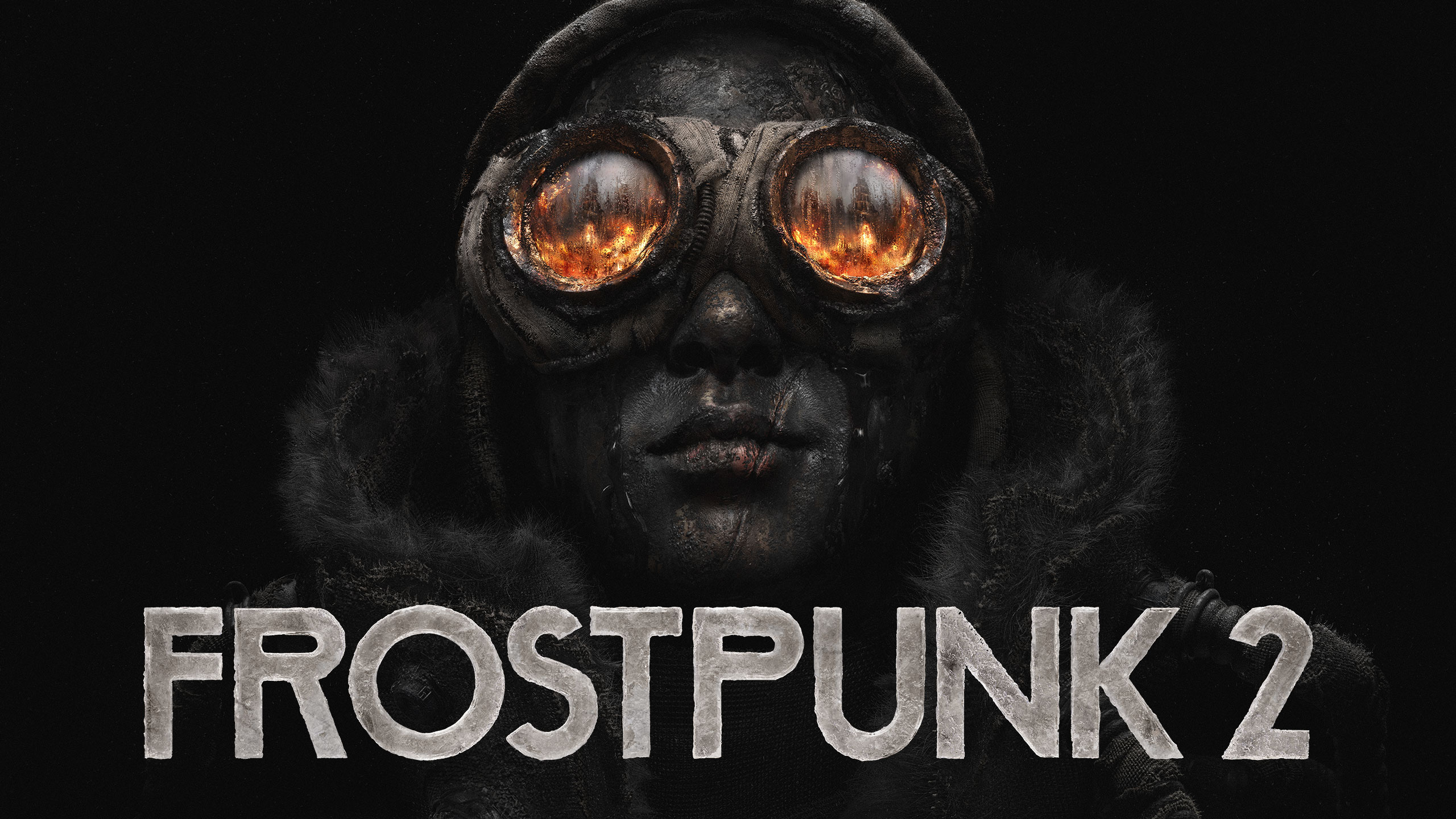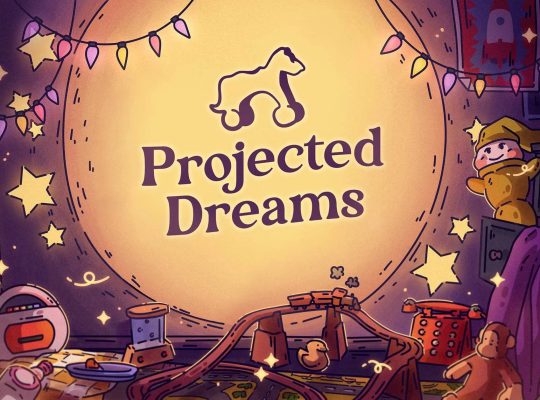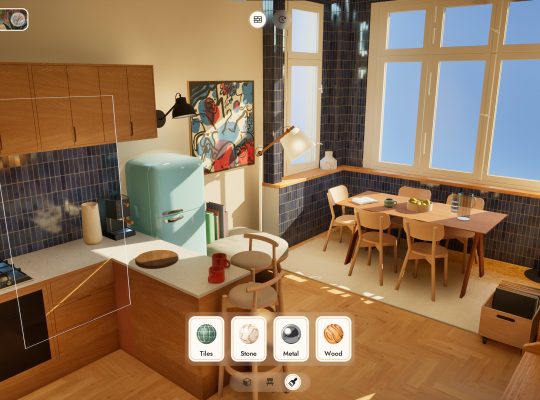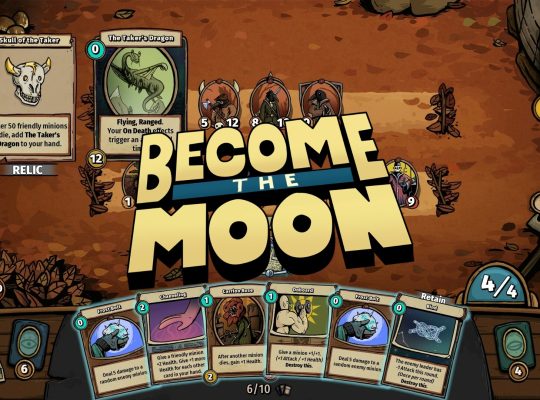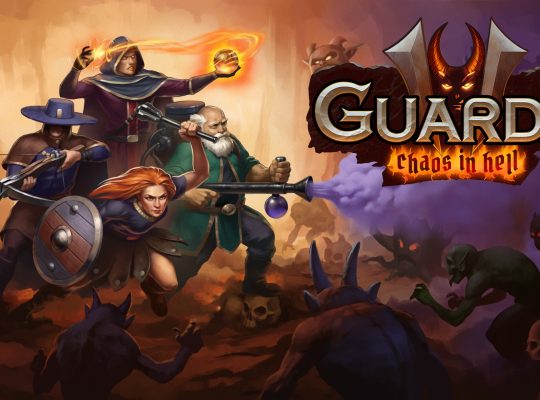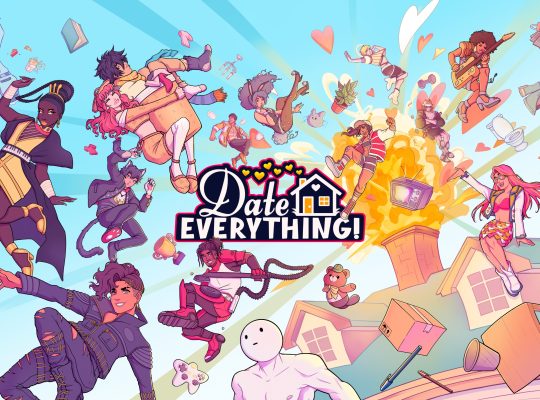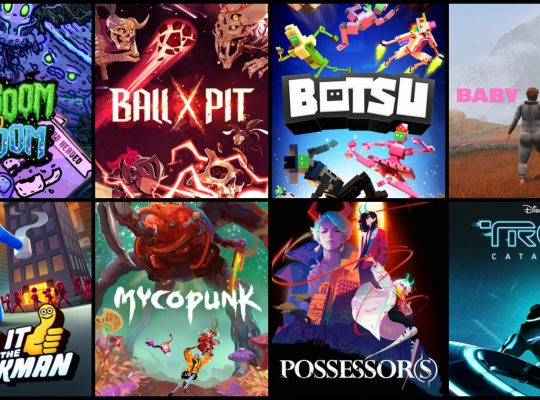- DEVELOPER: 11 bit Studios
- PUBLISHER: 11 bit Studios
- PLATFORMS: PC
- GENRE: City-builder / Survival
- RELEASE DATE: September 20, 2024
- STARTING PRICE: 44,99 €
- REVIEWED VERSION: PC
Frostpunk 2 is an ambitious sequel to 11 bit Studios’ 2018 hit, a game that redefined city-building with its bleak survival stakes. Set three decades after the apocalyptic Great Frost, you step into the boots of New London’s Steward, tasked with guiding a sprawling metropolis through a frozen hellscape. The Captain is dead, the coal fires burn on oil now, and survival has given way to expansion, factional strife, and societal evolution. It swaps the original’s building-by-building struggle for a grander, district-based vision, infused with political intrigue and moral ambiguity.

From micro to macro mayhem
In original Frostpunk, the focus is on the small details, every tent and coal pile feels personal, and survival depends on tiny decisions. Frostpunk 2, however, zooms out, focusing on big-picture management where districts and policies shape your legacy. The first game’s closeness makes every loss feel painful (like a child freezing to death), but the sequel’s more detached approach (treating deaths as statistics) trades that emotional impact for broader strategy. It’s a bold change, but it might feel less personal for some players.
In Frostpunk 2, each hexagonal district has a role: housing, industry, food, or resource extraction. You can expand them with hubs like hospitals or prisons. To grow, you break through ice to claim new space, manage resources like coal, oil, food, and goods, and balance needs like heat, hunger, crime, and cleanliness. Time moves fast, with weeks passing in seconds, reflecting the scale of a city that now houses tens of thousands. Exploration adds depth: send teams to scavenge the Frostlands, create supply routes, and build colonies to send resources back home. Massive storms called whiteouts disrupt supply chains, forcing you to overproduce and keeping the survival tension high.
But with bigger scale comes more complexity, and that’s where problems start. The Council system adds a political layer, every 10 weeks factions vote on laws, and you must negotiate, bribe, or manage groups like the Stalwarts and Pilgrims. It’s a smart addition, showing how messy democracy can be: promise a factory to win votes, or face protests if you break your word. However, this system never lets you relax. Pop-ups constantly flood the screen, faction demands, resource shortages, random events, turning city management into a never-ending crisis. It feels like micromanagement dressed up as macromanagement. Even with updates since the game’s release, some parts of the game are still exhausting to handle.

Technology system feels overwhelming and takes away from the fun
In Frostpunk 2, technology replaces the original’s straightforward workshop upgrades with a sprawling, faction-influenced research system. Gone is the single tech tree of Frostpunk, where you’d unlock sawmill efficiency or heater range in a linear path. Instead, Frostpunk 2 offers over 100 research options across multiple idea trees (Heating, Resources, Society, City), each tied to factional ideologies (Stalwarts for automation, Frostlanders for sustainability).
Research is fueled by Heatstamps (currency) and progresses via Research Institutes, built in Districts. Laws and tech intertwine, unlocking an idea often requires Council approval, adding political friction. Compared to Frostpunk’s immediate, survival-driven upgrades, Frostpunk 2’s tech is a long-term investment, shaping New London’s identity over decades. But this can feel overwhelming. There’s so much to manage and keep track of that research often feels hit or miss. With so many factors influencing your decisions and the constant pressure to focus on survival, it really takes away from the gameplay experience.
But that’s not even the biggest problem. The gameplay seems fun at first, but it becomes too repetitive in the mid and late game. It tries to be exciting, but no matter what you do, you’re always barely surviving. While this creates tension, it ends up feeling frustrating. Frostpunk 2 doesn’t do a great job of teaching players its complex systems. The five-chapter campaign acts as a tutorial, but it overwhelms you with districts, factions, and tech trees without clear explanations.

Early, mid and late parts of the game
In the early game, you start with a simple city: Housing, Extraction, Industrial Districts, and a small Research Institute. Tech options are limited but important: basic Heating (like Oil Pumps to replace coal), Resources (like Sawmill Expansion for wood), and Society (like Worker Shift Laws). Research takes weeks and costs a small amount of Heatstamps (50-100) and workers. Factions make early demands, better housing or fuel efficiency, forcing you to choose a path. Frostbreaking (clearing ice) opens up space for growth, but your tech choices determine what you can build next.
By mid-game, your city has grown, multiple districts, a colony or two, and a second Research Institute. The tech tree expands: Heating offers options like Coal Liquefactors (turning coal into oil) or Wind-Powered Generators (sustainable heat). Resources branch into Automation (Mechanized Sawmills) or Recycling (Waste Recovery). Society splits into Order (Guard Squads) or Equality (Communal Housing). Factions gain influence, Stalwarts push for factories, Pilgrims favor mobility, and unlocking tech often requires their votes or resources like Prefabs (crafted goods).
In the late game, New London becomes a huge city: wide districts, many colonies, and fully upgraded Research Institutes. You get top-level tech options; Heating unlocks Nuclear Reactors or terraforming machines; Resources offers endless mining or man-made materials; Society gives extreme laws like full automation or shared labor. Research gets expensive (800-1,500 Heatstamps), and factions fight harder, Stalwarts might try to control all tech, causing riots if you refuse.

The game features seven unique maps, each presenting distinct challenges and starting conditions
The campaign spans five chapters, serving as both a story-driven experience and a tutorial for Frostpunk 2’s mechanics. Each chapter has specific goals tied to the story, but they’re loose, encouraging experimentation. Utopia Builder mode is Frostpunk 2’s sandbox, letting you craft custom cities without narrative constraints. Unlike the campaign’s linear progression, you pick a map, set difficulty (for example, resource scarcity, Whiteout frequency), and build from scratch. A 40-60+ hour sandbox is where Frostpunk 2 flexes, map variety, unrestricted tech, and self-driven goals cater to strategy nuts. Maps like Rift or Wasteland feel alive with unique quirks (bridges, ruins), outshining Frostpunk’s static circles.
Utopia Builder has seven maps, each with unique features. For example, Crater is a big map with lots of resources, perfect for beginners. On the other side, Dreadnought brings a smaller map with plenty of oil but fewer other resources, making it really challenging. There’s plenty to experiment with, keeping the game fun and lasting. Frostpunk 2 also supports mods. You can easily download them through the Steam Workshop, and the game even has a built-in mod browser for quick access. While mods don’t completely change gameplay, they add fun tweaks, like smoother controls or a free-roam camera to make the experience more immersive.
Visually, Frostpunk 2 looks stunning. Built on Unreal Engine 5, it swaps the original’s close-up, gritty style for a grand, hex-based view of New London. The city is a dieselpunk maze of rusty districts, glowing red power lines, and smoky skies. Beyond it, the icy Frostlands stretch out, filled with resource spots, abandoned towns, and colonies you can take over. When you zoom into a district, you’ll see workers laboring or citizens freezing, a quick nod to the first game’s personal touch. The art style mixes warm oranges with icy blues, and the soundtrack, full of industrial noises and sad music, creates such a strong atmosphere that you can almost feel the cold through your screen.

Frozen giant with a chilly heart
Frostpunk 2 is a bigger, bolder version of the first game. Instead of focusing on small survival struggles, it lets you build a huge city in the frozen wasteland. The game looks amazing with Unreal Engine 5 graphics and adds new features like managing districts, dealing with political factions, and exploring the icy lands outside your city. You’ll face deep tech choices, connect with colonies, and make tough moral decisions. The Utopia Builder mode offers seven different maps to keep you playing. With 40-60 hours of gameplay, it’s perfect for players who love complex strategy games. 11 bit Studios has clearly put a lot of passion into this frosty world.
However, the sequel loses something important that made the first game special. By zooming out to manage a whole city, you lose that personal connection – your citizens feel like numbers, not people. Tough choices like using child labor or letting people starve don’t hit as hard. The game throws too much at you at once, such as districts, factions, multiple resource meters, and the tutorial doesn’t explain things well. While the first game built to dramatic endings (like surviving the final storm), this one’s story feels thin and just sort of… ends. Even after updates fixing bugs, the game still feels overloaded with systems that can frustrate players.
| Pros | Cons |
|---|---|
| Stunning visuals, atmosphere and music. | Steep learning curve of mechanics. |
| Very good replayability. | You are overwhelmed with various things and information. |
| Political and factional depth. | The personal relationship with the citizens has been lost. |
| Lots of new things compared to the first game. | The combination of micro and macro won't appeal to everyone. |
Review copy provided by the publisher
3.8


